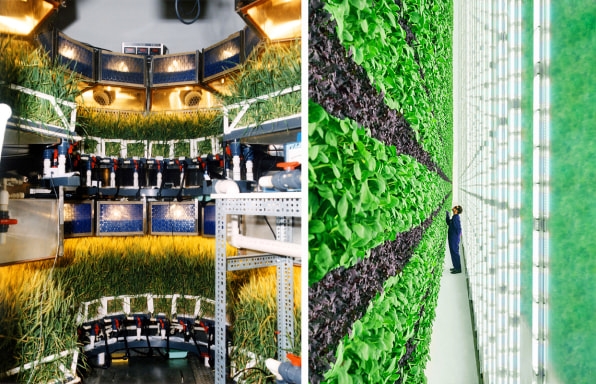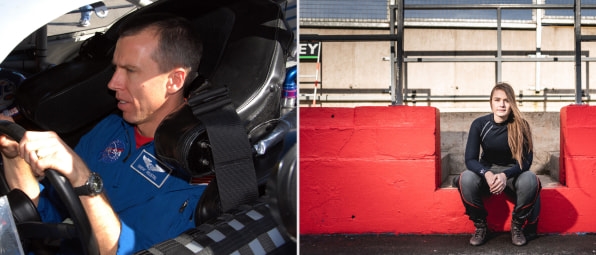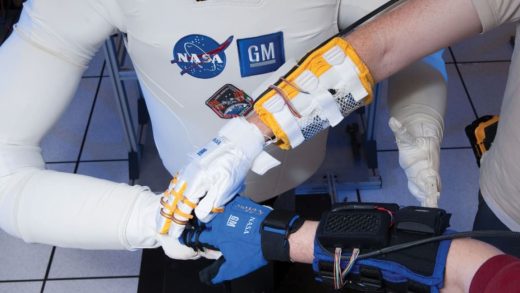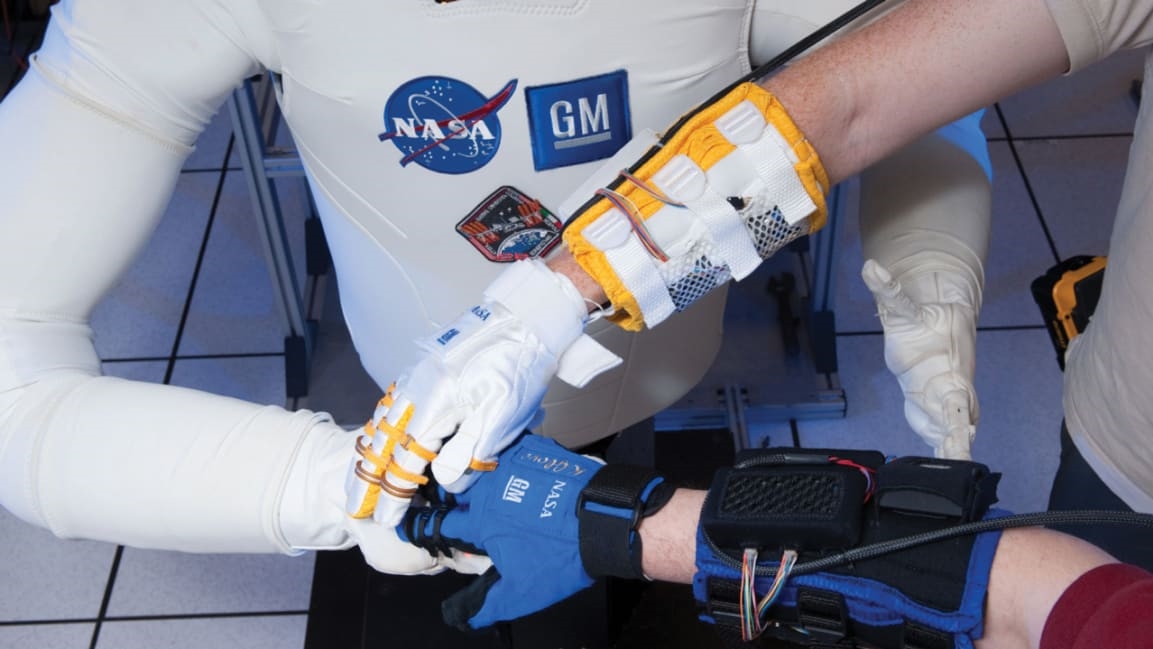How new NASA tech gets used on Earth—from sportswear to beer
From cell phone cameras to microchips, life on Earth abounds with NASA technology.
Since the Apollo era, NASA technology has found extended life in more terrestrial applications—to such extent that the space agency set up its Technology Transfer Program (T2) in 1976 to streamline getting its patent offerings to the public. Chances are that players in next month’s Super Bowl trained on machines derived from microgravity exercise treadmills used by astronauts on the International Space Station. And you can thank a vibration dampening tool in the lunar-bound Space Launch System rocket—slated for its first test flight this spring—for mitigating shaking in some Manhattan skyscrapers.

[Photo: NASA]
NASA scientists and engineers invent an average of 1,600 to 1,800 devices and release some 5,500 pieces of software a year, though not all get commercialized. Last year, the agency licensed patents to just 220 companies, according to Dan Lockney, T2’s program executive for the last two decades. While the T2 website lists its entire patent and software portfolio, plus examples of industrial applications, its annual NASA Spinoff Report highlights each year’s more novel transfers. “It’s kind of the greatest hits and some cool stories of what we’ve been up to lately,” says Lockney.
This year’s report, which posts today on the Spinoff site, features 46 companies that adapted NASA technologies in the past year, plus articles covering NASA’s impact on various industries, such as how creating the first vertical farm jump-started indoor farming. It’s been curated to include a diverse spread of geographic, industry sector, and representation.

[Photos: NASA, Plenty Unlimited]
The report features previously published and new stories, such as bacteria-inoculated trees that can clean up pollution. There’s the Iron Man-like RoboGlove, a robotic glove developed with General Motors that gives hand movements extra support and strength, akin to a manual version of a powered exoskeleton. Outlast Technologies in Boulder, Colorado, along with the U.K.-based Walero translated space-suit technology into temperature-regulating sportswear for professional auto racers. Denver-based Lunar Outpost is adapting a sensor developed to detect moon dust levels to measure air pollution. Material developed for cryogenic insulation in space has incorporated into outdoor gear to keep people (and batteries) warm. A system for growing plants in space now helps improve indoor air quality and reduces the spread of airborne viruses, like coronavirus. Technology to harness carbon dioxide for other uses on Mars has been repurposed for both emissions control and carbonating beer.

[Photos: NASA, Walero]
The report also sets the record straight on the urban myth of the failed NASA space pen that the Russians one-upped by using pencils. In fact, astronauts and cosmonauts have used the pressurized Fisher Space Pen to write in microgravity since the ’60s, and last year inducted it into the Space Technology Hall of Fame. “They don’t use a pencil, because you can break the lead off, and it floats around,” says Lockney.
NASA is both approached by and seeks out companies worldwide that might benefit from its inventions, though all undergo a rigorous application process. “We make sure our intellectual property isn’t encumbered by a bunch of lookie-loos kicking tires,” says Lockney. “If we’re going to let you use one of our patents, you have to demonstrate technical and business acumen, and have the resources to bring the technology to market.”

[Photo: Fisher Pen Company]
NASA software is free and doesn’t require an application process. But average licensing fees for patented devices run about $5,000 to $10,000, most of which goes back to the inventor as encouragement. “Nobody’s getting ‘airplane rich,’ but people work at NASA because they want to work at NASA,” says Lockney. Fees are waived for startups and university students. “We’re trying to get them to consider using NASA R&D as a nugget for their business.”
Disaster relief
Commercialization is only one type of technology transfer. NASA know-how has also supplemented search and rescue efforts—from overhauling firefighting protection equipment to repurposing remote-sensing radar technology to detect small movements from buried survivors. After large disasters, “sometimes we’ll get a call from the state department, asking, ‘What do y’all got? Is there anything that can help with this?’” says Lockney.
When 33 Chilean miners were trapped underground in 2010, NASA not only sent engineers, who helped design a rescue sled, but also psychologists specializing in confinement and reentry to help mitigate panicking and prepare the miners from emerging to an assault of cameras. And shortly after the pandemic shut down the world two years ago, a handful of Jet Propulsion Laboratory engineers crafted a simplified ventilator that didn’t rely on the traditional supply chain for parts. After getting emergency FDA clearance, it licensed it for free to 40 companies around the world.
Toward the future
A Spinoffs of Tomorrow section highlights 20 NASA technologies ready for commercialization. They include a biometric identity verification system to unlock phones and computers using heartbeats, a nano-material thin-film device that converts carbon dioxide into fuel, and self-healing aluminum that can repair cracks and reverse damage in structures, such as aircraft, tanks, and fuel lines.
Lockney noted other technologies in development, such as growing blood, tissues, and cell cultures in microgravity for pharmaceutical experiments. Given the agency’s ambitions for long-term human space missions, Lockney speculates about future advances in medical technology and telemedicine, along with new materials and microgravity manufacturing techniques, and methods for cleaning air and water. “We’re going to need to recycle that in space, and we need to do that here on Earth,” he says.
His only certainty is surprise. “The fun part is, I don’t know what we’re going to need next or what problem we’re going to run into, who’s going to use it or how,” he says. “And that’s the part I find the most fascinating.”
Fast Company , Read Full Story
(39)



